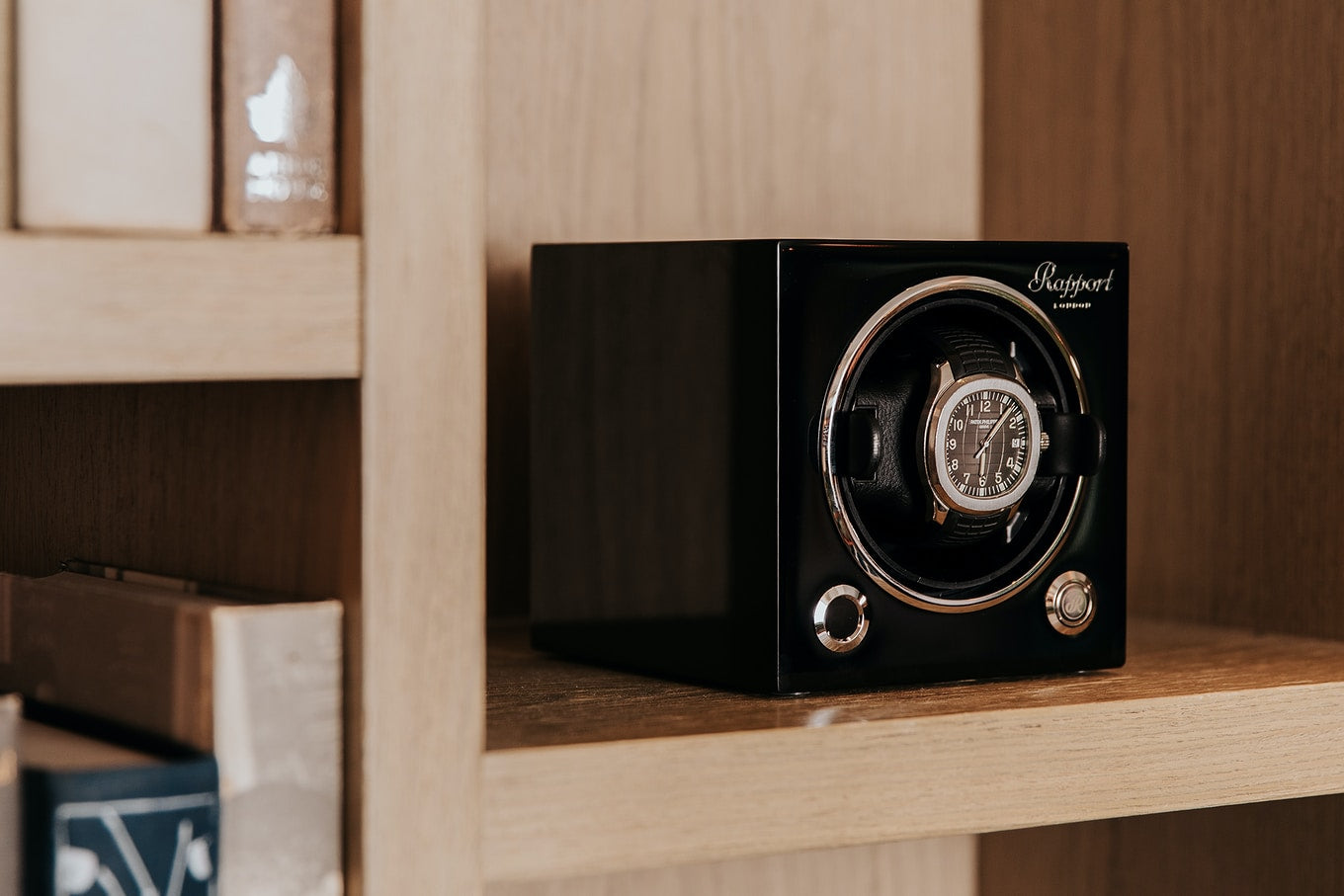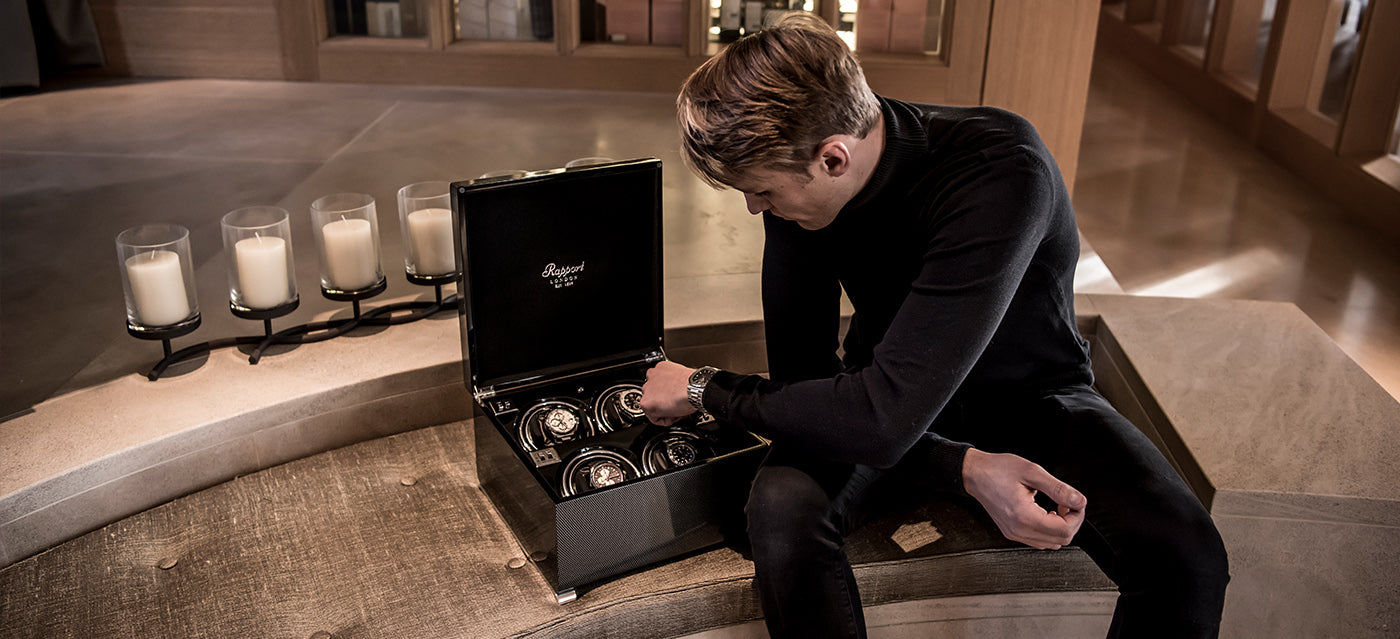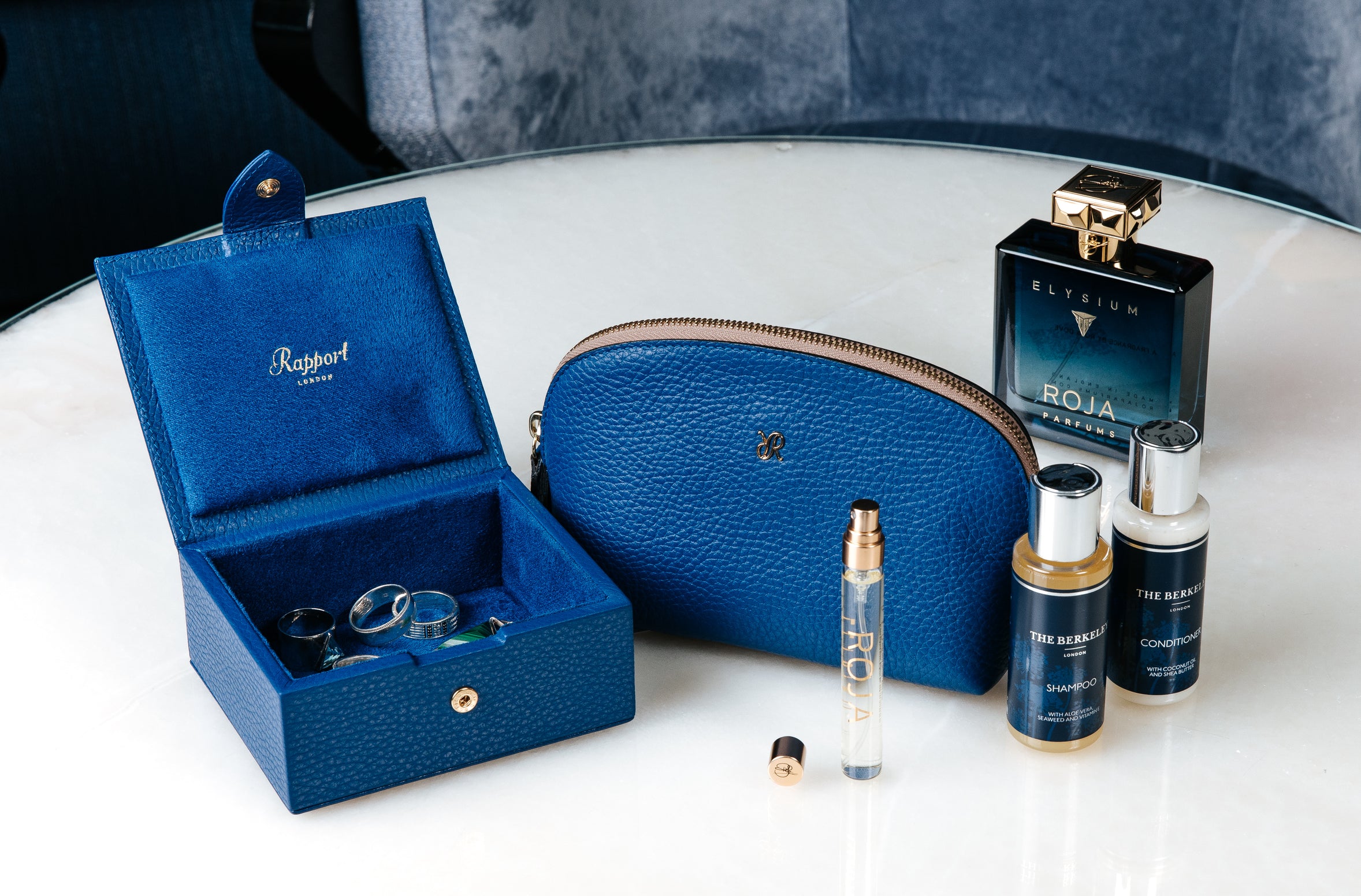
The Dos & Don’ts of Watch Winders: What Should You Know About Watch Winders?
You might wonder if watch winders really do wonders and if there is not a slightest disadvantage that comes along with it. There is an argument to both sides of the equation. If you would rather let your watch rest in the long run than winding it with a winder, the oil inside will coagulate over time, eventually requiring service by a watchmaker. However, as there is a shadow to every good thing in life, watch winders are also usually associated with prominent complaints that over-usage of a watch winder can lead to unnecessary wear and tear on a luxurious timepieces' movement.
Today’s automatic watches are equipped with slipping bridle featured mainsprings. The main function of slipping bridle is protecting mainspring from being overwound. Once the watch has reached its full power reserve, the mainspring is relieved any excess pressure. Just think of it as a tank that cannot take any more gas once it is full. A quality winder is designed to do the simple task to maintain your watch's status quo. However, if you own a simple winder that rotates constantly without considering the movement specs, then your watch is likely to being damaged over time, as the bridle will be more consistently engaged.

High quality watch winders are specifically designed to prevent this from happening. By simply knowing your watch and its needs, the key is to look for programmable watch winders. Different types of watches are designed to receive a different number of rotations, movements per day to maintain its level of power reserve. When placed on watch winder, your watches are set in a way that is best for them. For example, Rolex automatic watches are wound when power is received from the rotor winding bidirectionally whereas Valjoux 7750 is powered by clockwise rotations.
If you are familiar with watches with screw-down crowns you most certainly appreciate how little time is spent fiddling with the crown itself thanks to a watch winder. Although every self-winding watch can be manually wound, proper crown threading is quite a technique and winding your watch while taking extra care of fragile components is an art.
We believe the watches you own are meant to be worn, and would not recommend to let your watch sit on a winder everyday just as we wouldn’t recommend letting it wind down and rest in the long run. There are plenty of advantages with using a winder properly, so long as you make sure each watch is on its proper setting when placed on a winder.

